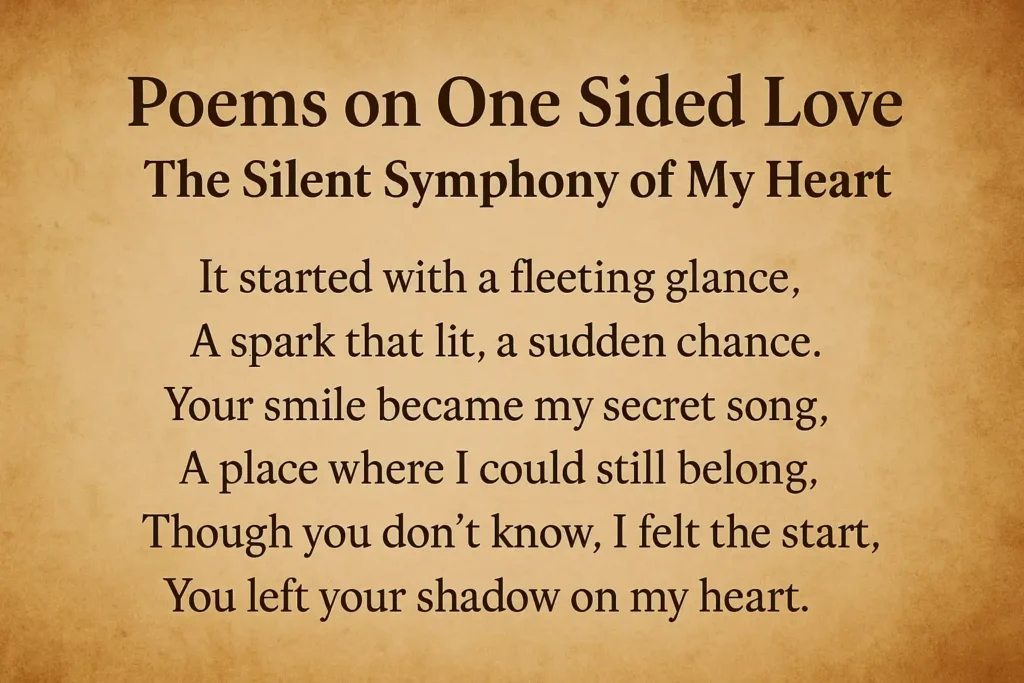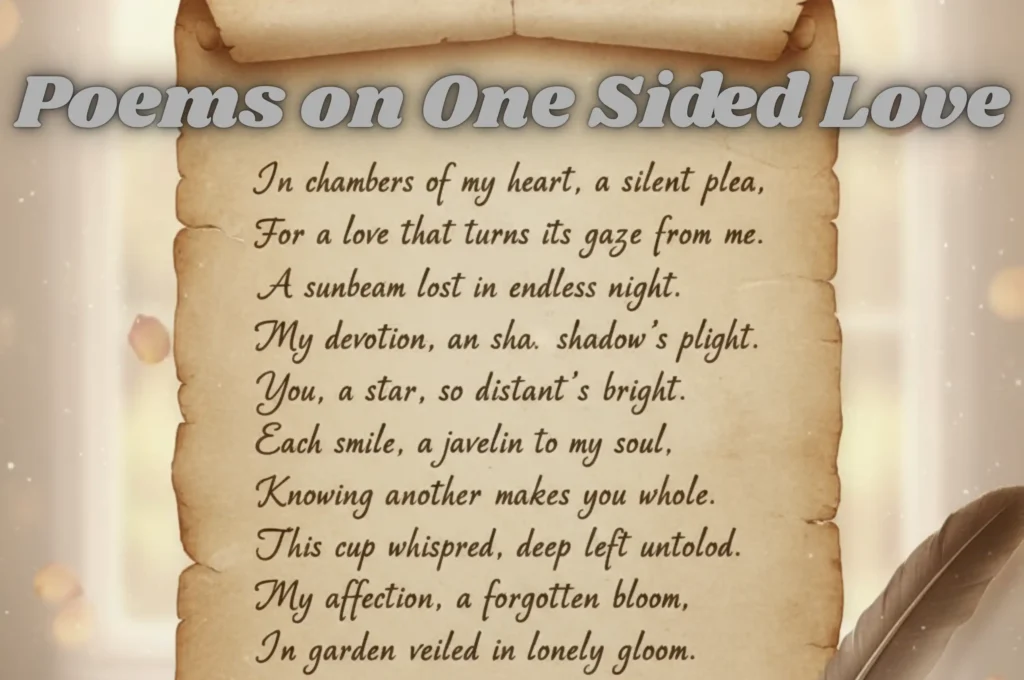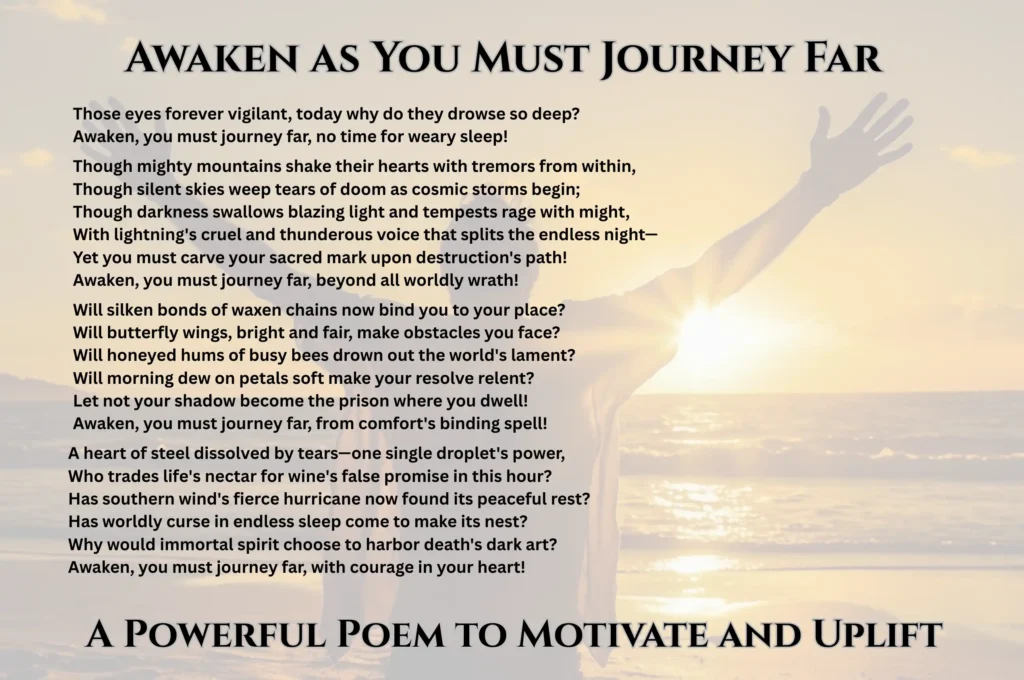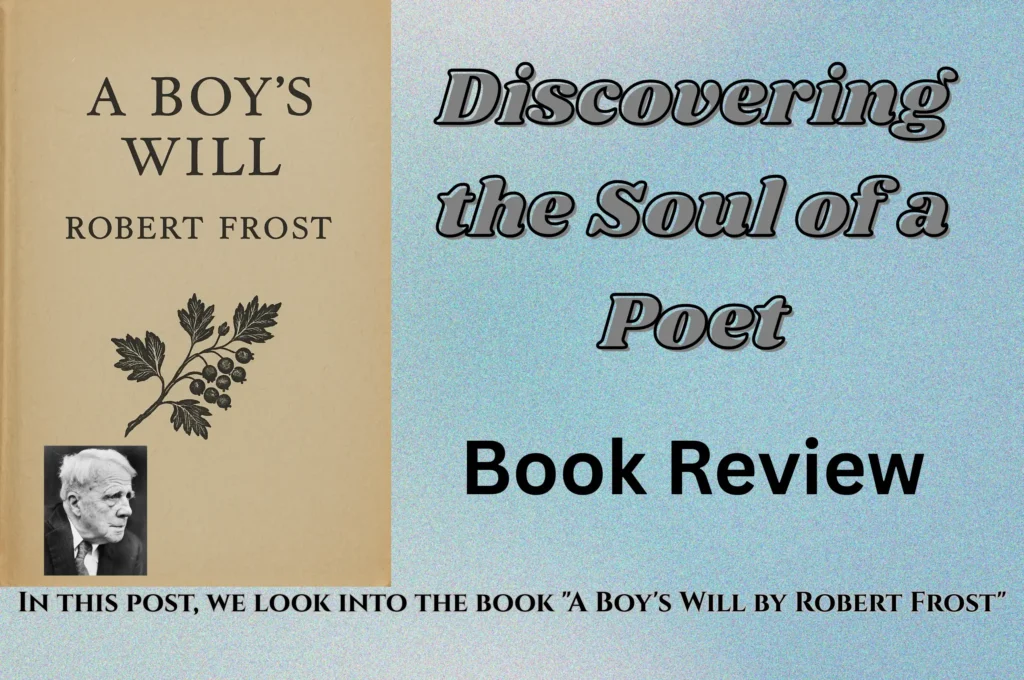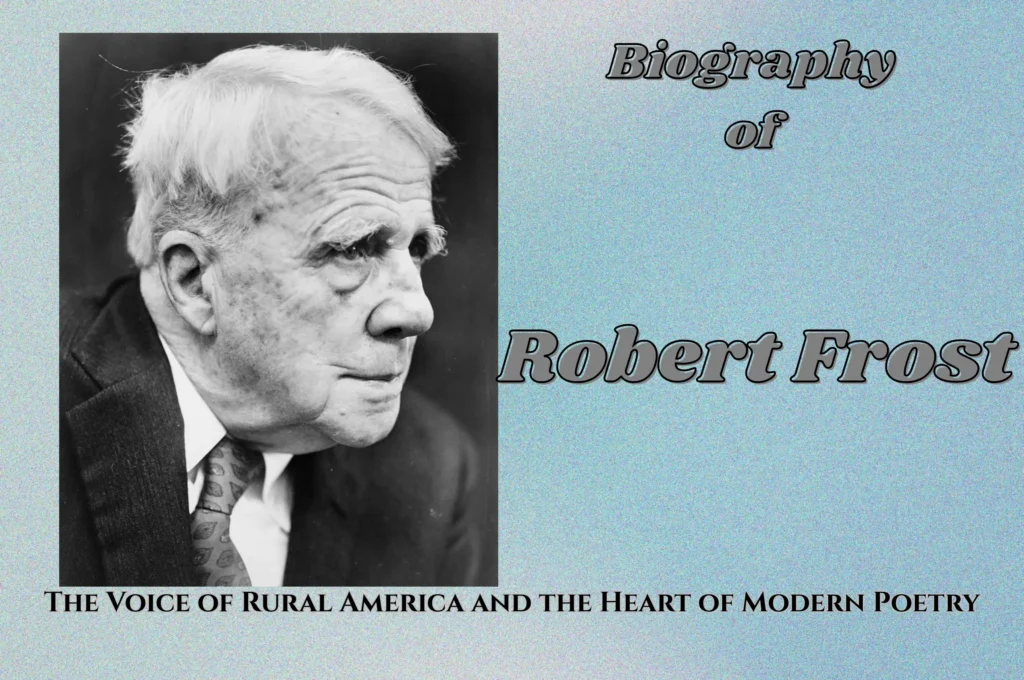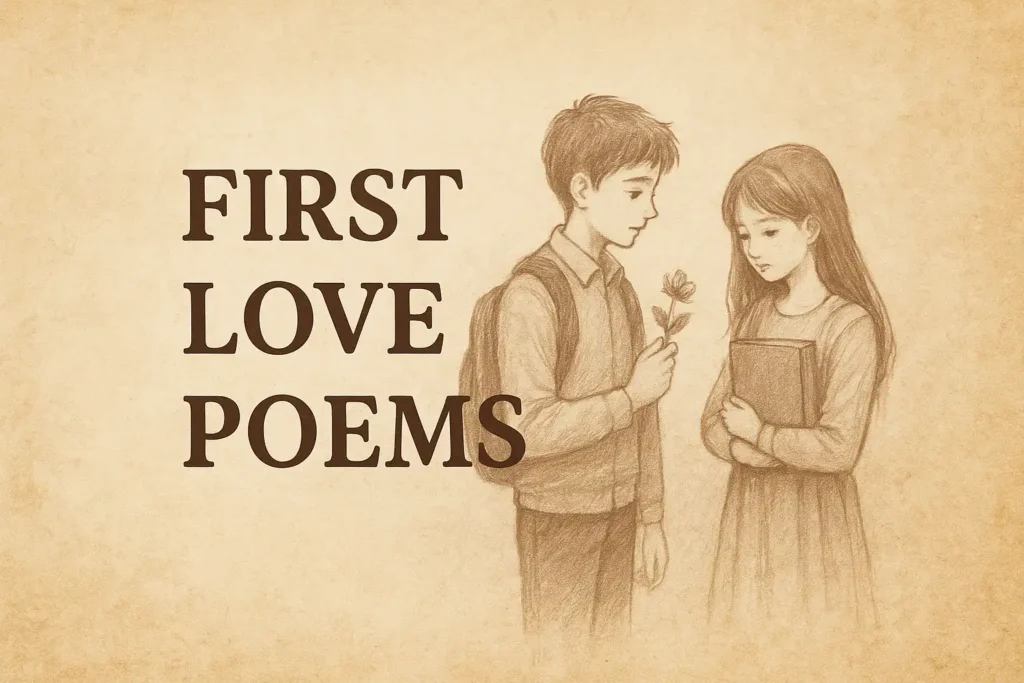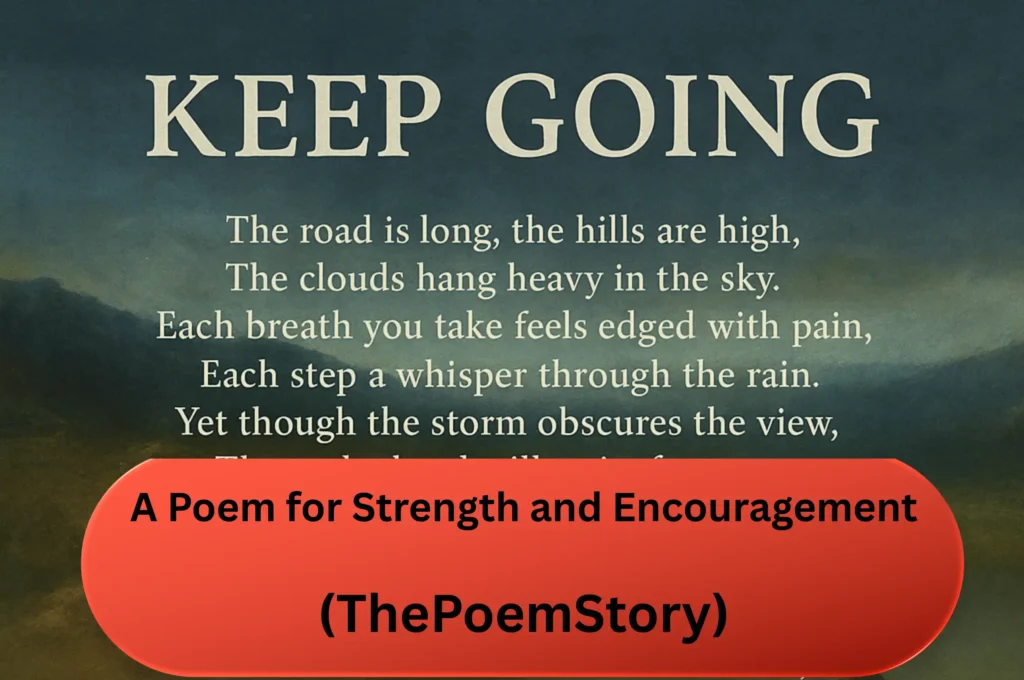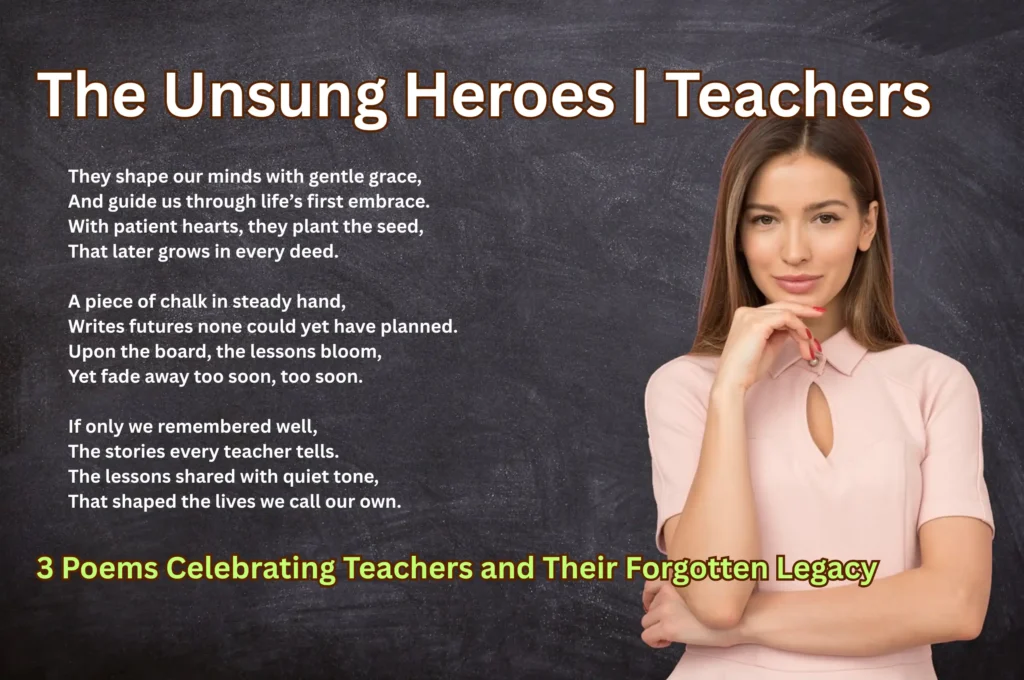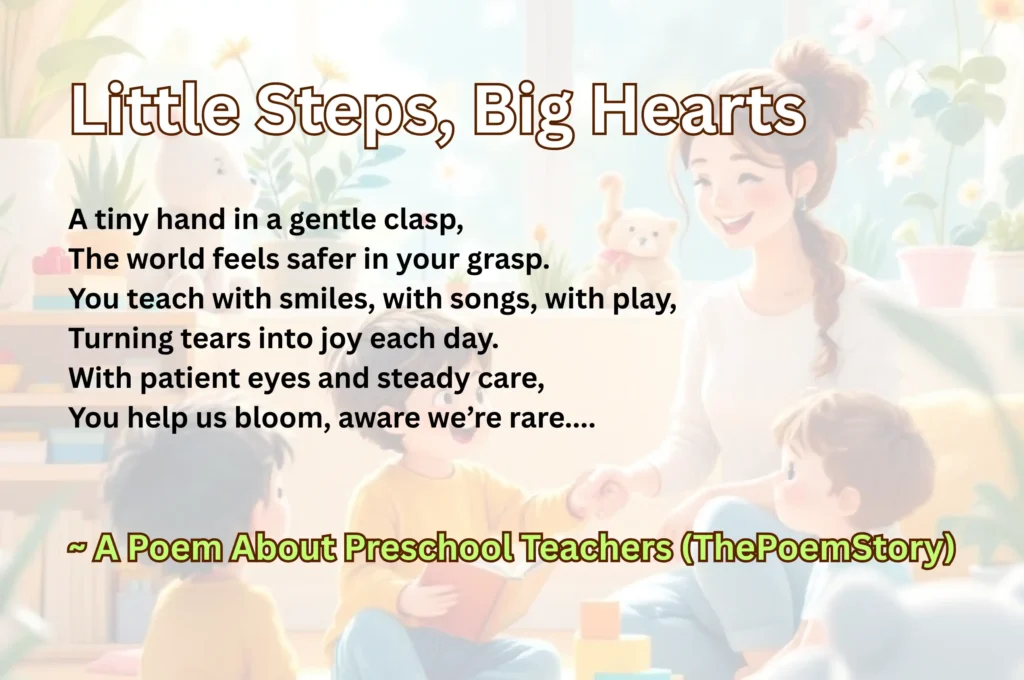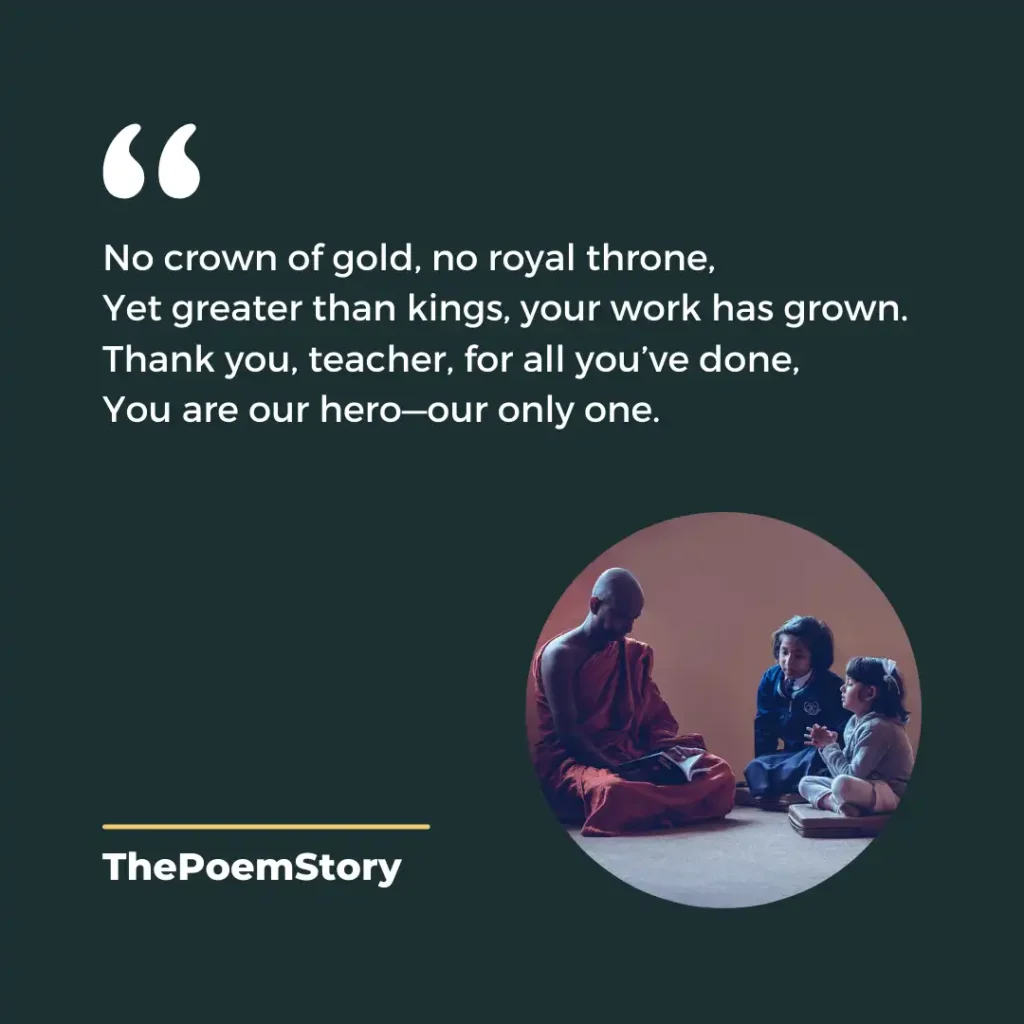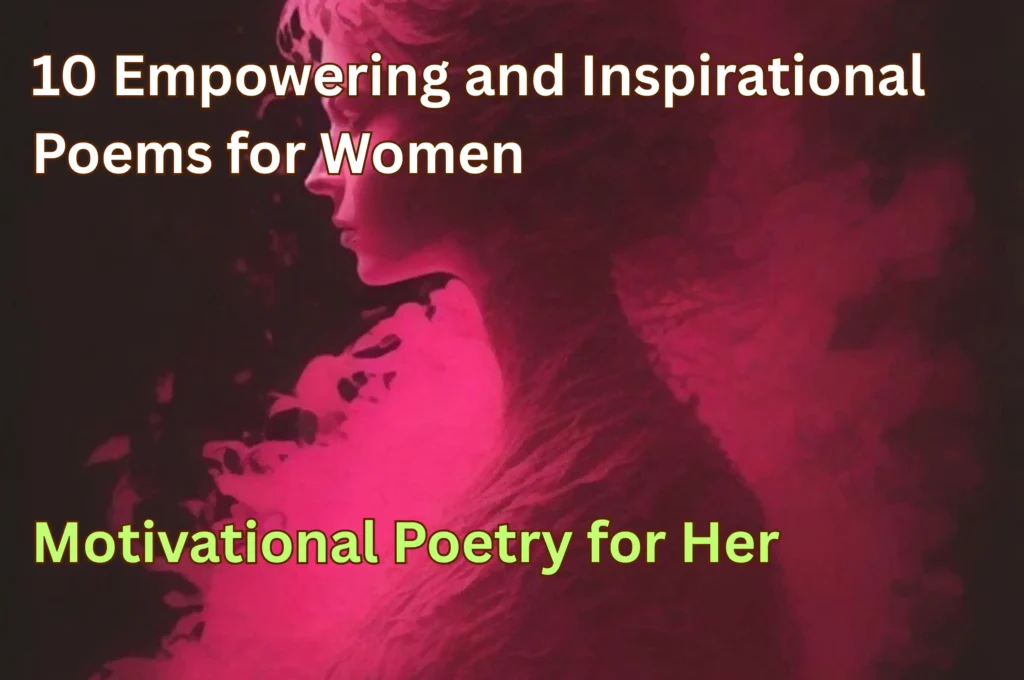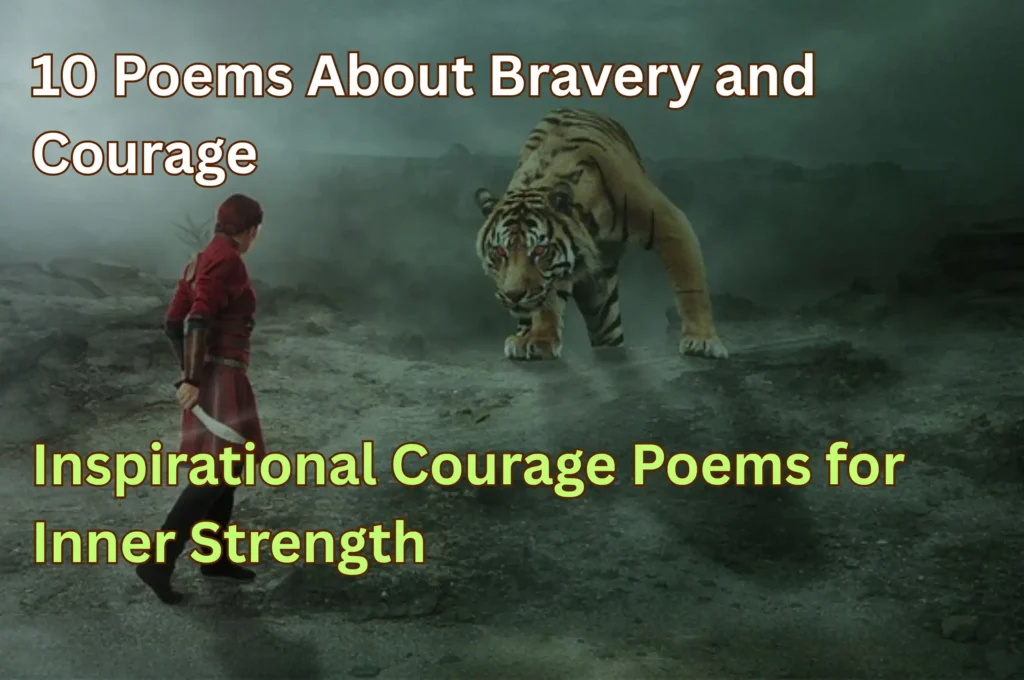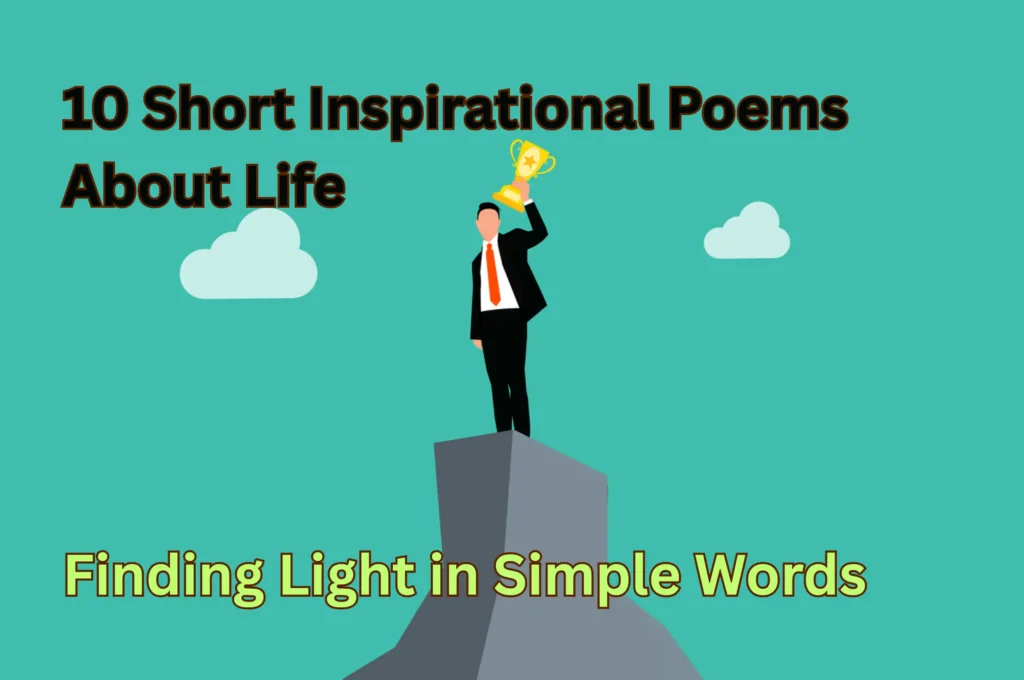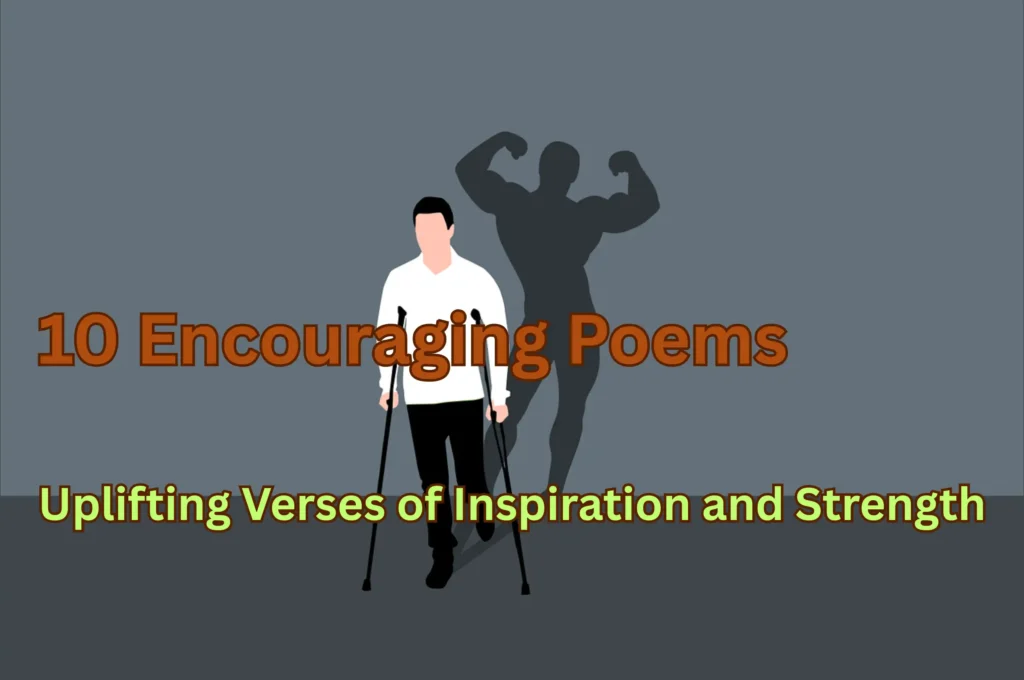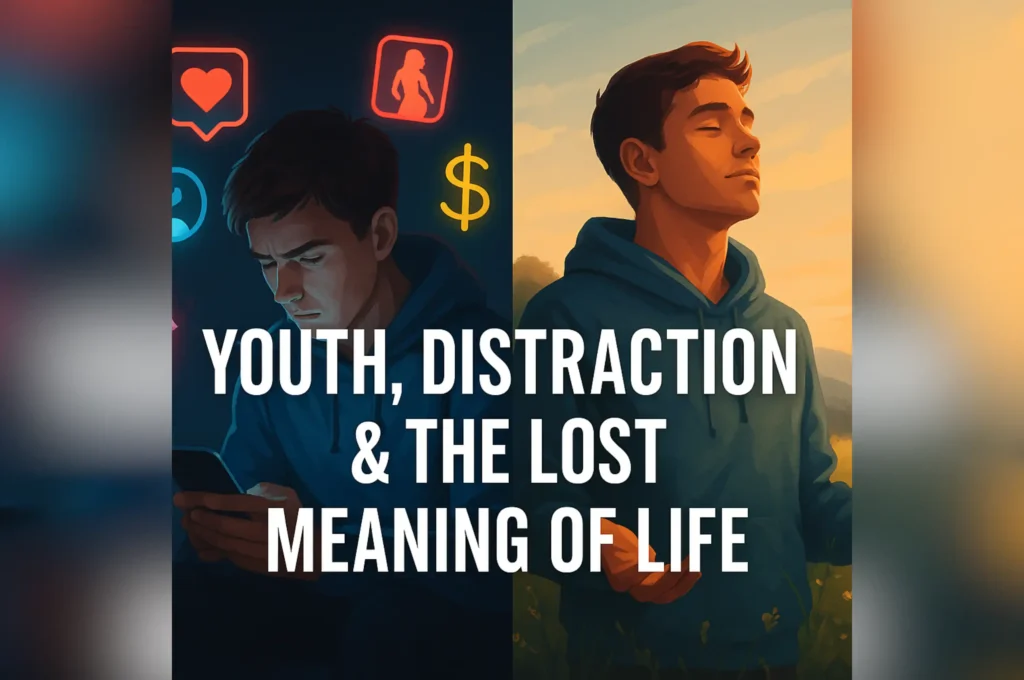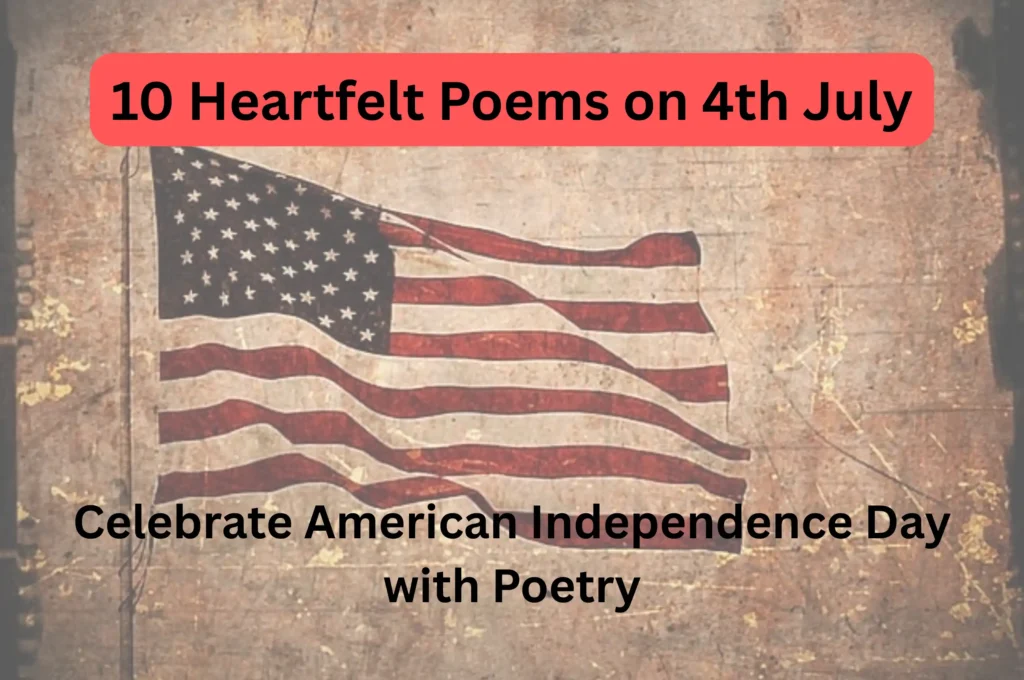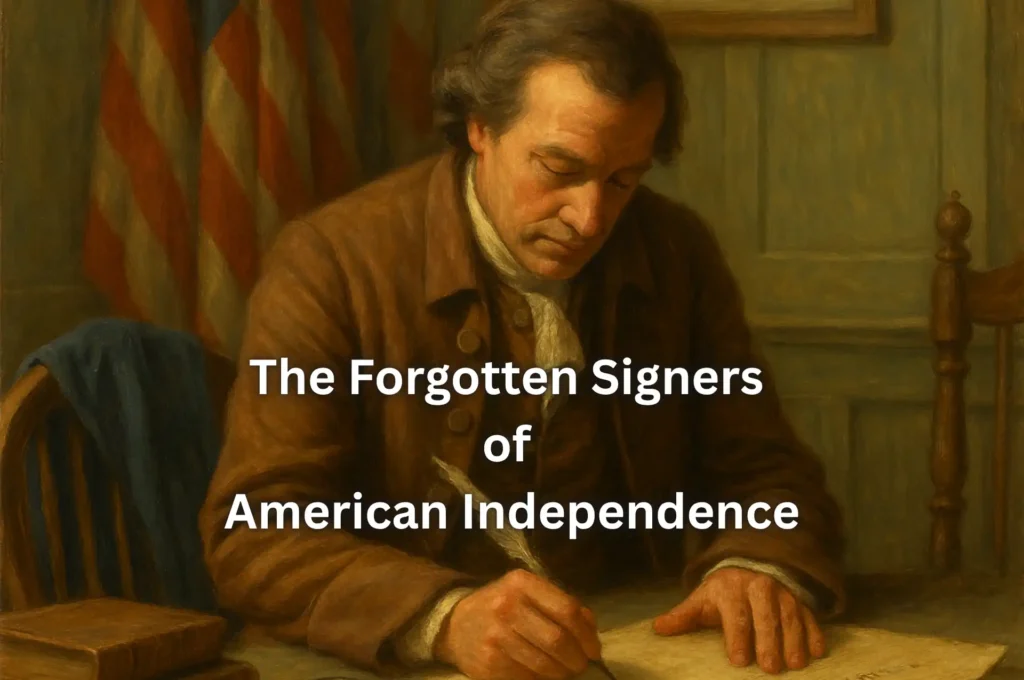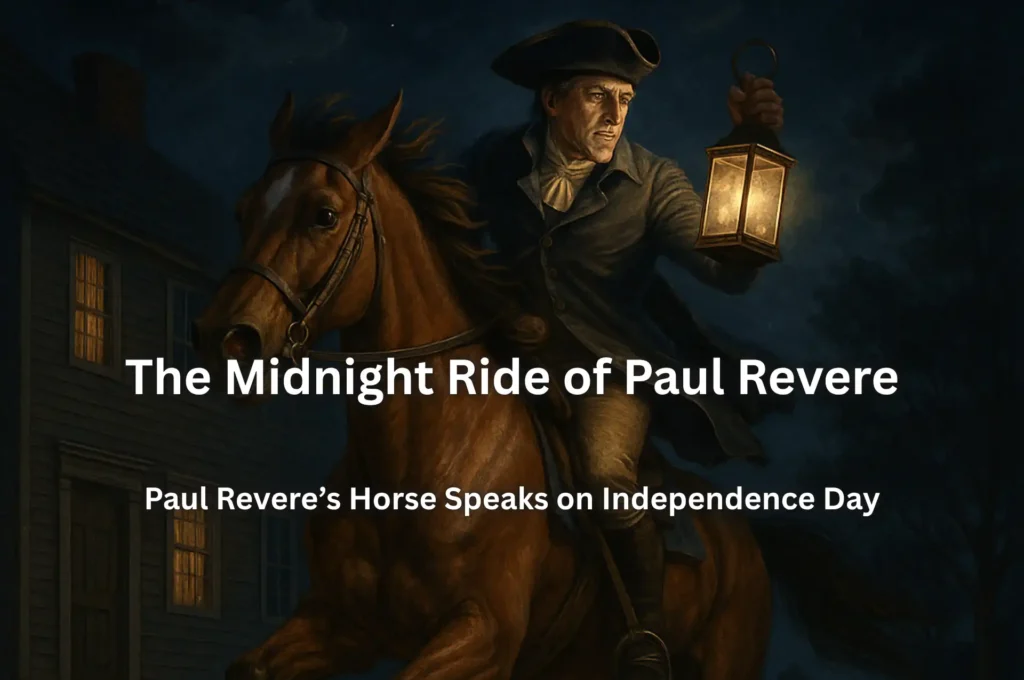3 Parts of Dante Alighieri’s Divine Comedy, A Journey Through Hell, Purgatory, and Paradise. Let us discuss these 3 parts of The Divine Comedy.
Dante Alighieri’s Divine Comedy is not just a literary classic — it’s a map of the human soul. Written in the 14th century, it remains one of the most powerful expressions of humanity’s search for meaning, truth, and redemption.
What draws me most to this poem is how deeply it resonates on a personal and spiritual level. It’s more than an epic tale; it’s a mirror. Through every canto, Dante’s The Divine Comedy reflects our inner struggles, our moral choices, our longing for forgiveness, and our hope for grace. Each time I read it, I find something new — a line, an image, a truth — that feels like it was written just for me.
Across its three epic parts — Inferno, Purgatorio, and Paradiso — Dante leads us through a symbolic, emotional, and philosophical exploration of the human condition. He starts in the depths of despair, climbs through the difficult process of purification, and ends in the serenity of divine light.
What I love most is how The Divine Comedy book combines vivid storytelling with deep moral and spiritual insight. It doesn’t just ask “What is right and wrong?” — it asks, “What is the soul truly seeking?” And it answers that question with courage, beauty, and clarity.
Each section of Dante’s The Divine Comedy represents a unique phase of the spiritual journey. Let’s walk through each one — and discover why this timeless poem still matters so much.
Also Read: Poets and Poetry – Selected timeless classics | Biograph of Poet Dante Alighieri | Dante Alighieri Quotes | Poems by Dante Alighieri
Must Read: Why should you read “The Divine Comedy”?
3 Parts of The Divine Comedy

1. A Journey Through Hell – Inferno
This is where it all begins — in darkness, confusion, and fear.
In The Inferno of Dante, the poet finds himself lost in a shadowy forest — a haunting symbol of spiritual crisis and being morally adrift. He’s not alone for long. The ancient Roman poet Virgil appears as his guide, and together they begin a descent through the nine circles of Hell.
Each circle in Dante’s The Divine Comedy reveals a different kind of sin — and with it, a unique punishment. These aren’t arbitrary torments. They’re tailored, almost poetic in their justice. The lustful are blown around by endless winds, the wrathful fight endlessly in the swampy Styx, and the traitors? Frozen in a lake of ice — cut off from warmth, love, and movement.
This part of the journey is the most raw and unforgettable. The Divine Comedy: The Inferno is filled with powerful, often chilling imagery that stays with you: storms, fire, weeping souls, howling winds. But this isn’t horror for the sake of horror.
What makes the book Divine Comedy so profound is that it’s a moral mirror. The Inferno forces you to look at the consequences of unchecked desires, pride, and betrayal. It’s about recognizing the darkness — not in some far-off world, but within ourselves.
I think that’s why this part hits so hard. We’ve all been lost. We’ve all made choices we regret. But like Dante, we’re not stuck in that forest forever. We can choose the path forward.
Poems in The Divine Comedy – A Journey Through Hell
- Canto 1
- Canto 2
- Canto 3
- Canto 4
- Canto 5
- Canto 6
- Canto 7
- Canto 8
- Canto 9
- Canto 10
- Canto 11
- Canto 12
- Canto 13
- Canto 14
- Canto 15
- Canto 16
- Canto 17
- Canto 18
- Canto 19
- Canto 20
- Canto 21
- Canto 22
- Canto 23
- Canto 24
- Canto 25
- Canto 26
- Canto 27
- Canto 28
- Canto 29
- Canto 30
- Canto 31
- Canto 32
- Canto 33
- Canto 34
2. A Journey Through Purgatory – Purgatorio
After facing the shadows of Inferno, Dante and Virgil emerge under a starlit sky — and with it, the promise of hope.
This is Purgatorio, the mountain of the soul. Unlike the torments of the Inferno of Dante, here the journey isn’t about damnation — it’s about purification. The souls Dante encounters aren’t lost forever; they’re on their way home. They suffer, yes, but their suffering has purpose. Each terrace of Mount Purgatory corresponds to one of the seven deadly sins, but the punishments are really acts of healing — helping souls unlearn old habits and rediscover their path to love and grace.
In Dante’s The Divine Comedy, Purgatorio feels deeply human. There’s prayer, singing, and moments of connection. The tone softens. The light returns. We see people changing — slowly, painfully, but sincerely. And that’s why this part speaks to me so much.
While Divine Comedy: The Inferno shows us what happens when we lose our way, Purgatorio reminds us that we’re never too far gone to change. That real transformation is hard, but possible — and so worth it.
It’s a section filled with introspection, humility, and growth. And reading it, I couldn’t help but reflect on my own flaws, and how even our deepest wounds can lead us toward something better.
In the grand journey of the Divine Comedy book, Purgatorio is the heart — the place where the soul begins to remember what it was made for.
Poems in The Divine Comedy – A Journey Through Hell
- Canto 1
- Canto 2
- Canto 3
- Canto 4
- Canto 5
- Canto 6
- Canto 7
- Canto 8
- Canto 9
- Canto 10
- Canto 11
- Canto 12
- Canto 13
- Canto 14
- Canto 15
- Canto 16
- Canto 17
- Canto 18
- Canto 19
- Canto 20
- Canto 21
- Canto 22
- Canto 23
- Canto 24
- Canto 25
- Canto 26
- Canto 27
- Canto 28
- Canto 29
- Canto 30
- Canto 31
- Canto 32
- Canto 33
3. A Journey Through Paradise – Paradiso
After the trials of Hell and the cleansing climb of Purgatory, Dante is finally ready for the final ascent — Paradiso, the realm of pure light and divine truth.
With Virgil having guided him as far as human reason can go, Beatrice, Dante’s symbol of divine love and grace, now takes over. She leads him through the celestial spheres of Heaven — from the Moon to the Empyrean — each sphere reflecting deeper forms of spiritual insight and virtue.
This part of Dante’s The Divine Comedy is the most abstract, yet also the most awe-inspiring. Here, we move beyond the physical and into the realm of the eternal. Dante meets saints, philosophers, and angels who help him understand the harmony of the universe. Each moment is infused with divine radiance, and slowly, his soul begins to comprehend the infinite love that animates all of creation.
Unlike Divine Comedy: The Inferno, where fear and punishment dominate, Paradiso is filled with light, music, and transcendent joy. It’s where the intellect and the heart unite, where questions find their answers not through logic alone, but through love.
For me, this is what makes the Divine Comedy book so profound. While the Inferno of Dante might be the most famous, and Purgatorio the most relatable, Paradiso is the destination — the moment when the soul finds its home. It’s the poetic expression of spiritual fulfillment and the ultimate goal of the human journey.
In this final section of Dante and the Divine Comedy, love is no longer an emotion — it becomes the force that holds the cosmos together. Reading it feels like standing in front of something greater than words can describe.
And in the very last lines, as Dante beholds the “Love that moves the sun and the other stars,” we’re reminded of why this poem still resonates — because deep down, every soul longs for that kind of peace, unity, and truth.
Poems in The Divine Comedy – A Journey Through Paradise
- Canto 1
- Canto 2
- Canto 3
- Canto 4
- Canto 5
- Canto 6
- Canto 7
- Canto 8
- Canto 9
- Canto 10
- Canto 11
- Canto 12
- Canto 13
- Canto 14
- Canto 15
- Canto 16
- Canto 17
- Canto 18
- Canto 19
- Canto 20
- Canto 21
- Canto 22
- Canto 23
- Canto 24
- Canto 25
- Canto 26
- Canto 27
- Canto 28
- Canto 29
- Canto 30
- Canto 31
- Canto 32
- Canto 33
Final Reflection: Why Dante’s Divine Comedy Still Speaks to Us
From darkness to dazzling light, The Divine Comedy book takes us on an unforgettable journey — not just through the afterlife, but through the soul itself. Dante and The Divine Comedy offer more than epic storytelling; they offer insight into what it means to be human.
This isn’t just a poem about Hell or Heaven. It’s about the fall, the struggle, and the redemption that we all, in some form, experience. Across Dante’s The Divine Comedy, we walk with him — confused, broken, hopeful, and finally transformed.
Each part brings a vital truth:
- Inferno shows us the consequences of sin — and why facing our darkness matters.
- Purgatorio teaches us that change is hard but possible — that healing is part of the journey.
- Paradiso opens our eyes to divine love and the grace that transcends all.
The Divine Comedy: Dantes Inferno may pull readers in with its unforgettable imagery, but it’s the full arc of the story that leaves a lasting impact. Whether you’re just discovering Dante the Divine Comedy or revisiting it with new eyes, it has something timeless to offer.
Even centuries later, this journey through Inferno, Purgatorio, and Paradiso speaks with surprising clarity. In a world still wrestling with moral confusion, spiritual longing, and the search for meaning, the book Divine Comedy remains a powerful light.
Read it not just as literature — but as a mirror, a map, and a prayer.
List of Poets in Alphabetical Order
कवियों की सूची
Explore our Literature YouTube Channels:
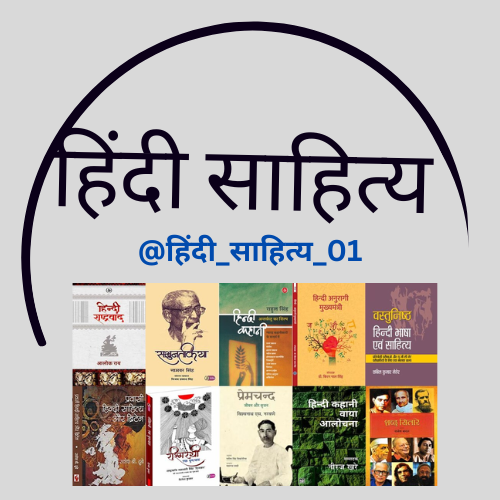
YouTube Channel Link:

YouTube Channel Link:

YouTube Channel Link:
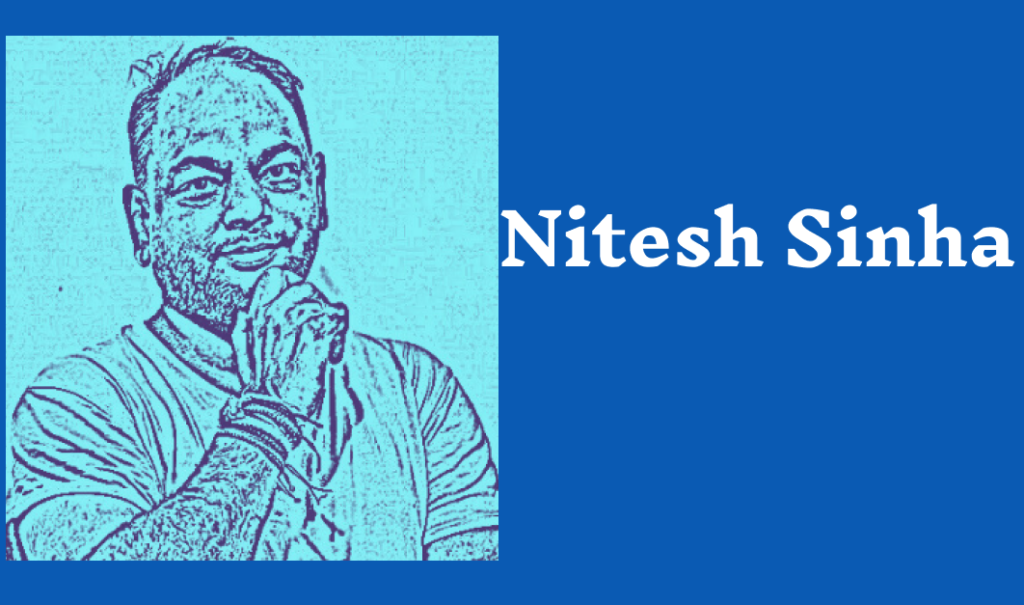
YouTube Channel Link

